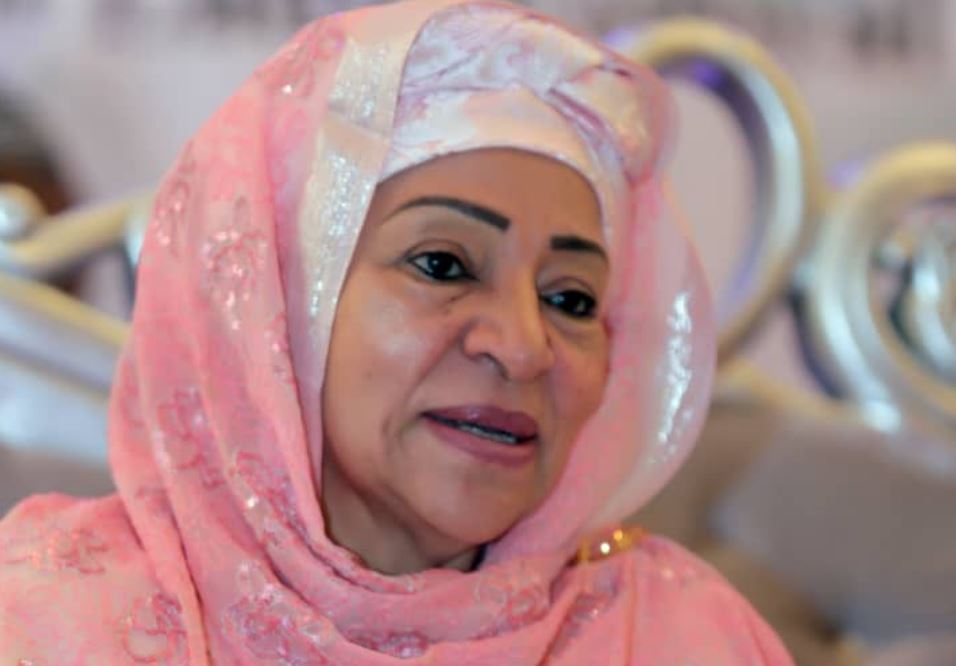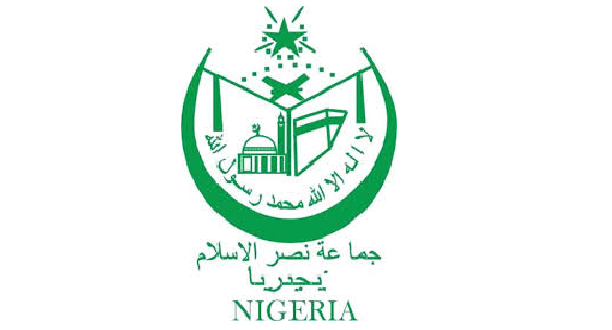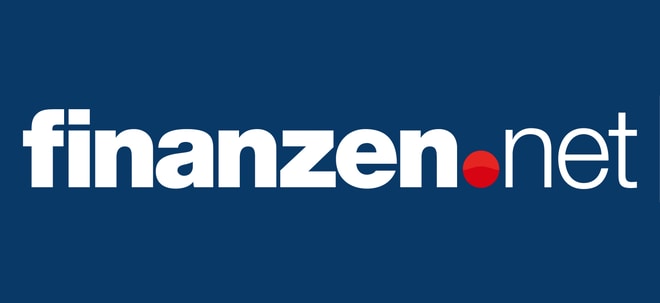Lip Filler Market Trends to Hit USD 738.2 Million by 2034
The lip filler market size is eyeing a valuation of USD 738.2 million by 2034. The expansion is estimated at a 3.6% CAGR until 2034. In 2024, the valuation stands at USD 518.3 million. Instagram reels and TikTok videos have made changing beauty standards unavoidable. With these shifts, lip augmentation procedures are in more demand.
The lip fillers market has emerged as a significant segment within the broader aesthetic and cosmetic industry. Driven by growing consumer interest in non-invasive cosmetic procedures, lip fillers have gained widespread popularity across various demographics. These products offer a way to enhance lip volume, shape, and symmetry, providing individuals with a youthful and attractive appearance. The rise in social media influence, increased awareness about aesthetic treatments, and advances in formulation and technology are all fueling demand. Moreover, the desire for minimally invasive options with little downtime has encouraged many to explore lip fillers as a preferred choice over surgical alternatives.
The market caters to a diverse group of consumers, from younger adults seeking subtle enhancements to older populations aiming to restore volume lost due to aging. Innovations in biocompatible materials have improved safety profiles, making lip fillers more acceptable to a broad audience. This overview highlights how the lip fillers market is positioned for ongoing growth while adapting to changing consumer preferences and technological advancements.
The lip fillers market has expanded rapidly over recent years, reflecting a steady increase in consumer adoption globally. One prominent trend is the growing acceptance of aesthetic treatments in regions that previously saw limited demand due to cultural perceptions. Urbanization and rising disposable incomes are key drivers in expanding the customer base. Furthermore, the emergence of new filler formulations that offer longer-lasting results and reduced side effects contributes to rising market traction.
Another significant trend is the increasing use of lip fillers among men, broadening the demographic beyond traditional female consumers. Additionally, social media platforms and celebrity endorsements have amplified interest in lip enhancements, making the procedure a mainstream beauty practice. Clinics and providers are also adopting digital marketing strategies to reach potential clients more effectively. Customized treatment plans and the integration of AI-driven consultation tools have begun to shape how services are offered, reflecting the market’s responsiveness to innovation.
Several critical factors distinguish the lip fillers market within the cosmetic sector. The primary highlight is the preference for hyaluronic acid-based fillers, known for their safety and natural results. These fillers have become the go-to choice for practitioners and clients alike, thanks to their reversible nature and minimal recovery time. Moreover, the market is marked by intense research and development activities aimed at enhancing product efficacy and patient comfort.
The expansion of medical tourism also plays a notable role, as many individuals seek affordable treatments in different countries, thus influencing market dynamics. Another highlight is the increasing collaboration between manufacturers and healthcare professionals to ensure product quality and compliance with regulatory standards. The growing number of clinics specializing in aesthetic procedures and the professionalization of cosmetic training are further driving market growth.
Despite its positive outlook, the lip fillers market faces several challenges. Regulatory hurdles remain a significant barrier, with strict approval processes varying across regions. Safety concerns and the risk of adverse effects, although relatively low with modern fillers, still cause hesitation among potential users. Additionally, the high cost of some premium products may limit accessibility for certain consumer segments.
However, these challenges open the door for considerable opportunities. Increasing investment in research could lead to the development of innovative fillers with longer durability and fewer side effects, attracting a wider audience. There is also a growing opportunity in emerging markets where aesthetic awareness is on the rise but penetration remains low. Expanding education and awareness campaigns could help address misconceptions and build consumer trust.
The integration of technology, such as AI and virtual reality for consultations and outcome predictions, presents a transformative opportunity to enhance customer experience. Furthermore, collaborations between key stakeholders, including manufacturers, clinics, and dermatologists, can improve service quality and product acceptance. Customizable and personalized lip filler solutions are another promising area for growth, catering to individual preferences and needs.
Stakeholders across the lip fillers market benefit from several key factors that drive value creation. For manufacturers, innovation and product diversification enable the capturing of varied consumer preferences and the ability to respond quickly to market trends. Clinics and healthcare providers gain from offering high-demand services that appeal to a broad client base, enhancing patient satisfaction and loyalty.
Consumers themselves enjoy the benefits of minimally invasive procedures that provide immediate and visible improvements with limited downtime. The availability of safer, more natural-looking products increases confidence in aesthetic treatments. Regulatory bodies and healthcare organizations also benefit as the market evolves with improved standards and safer practices, leading to better overall industry credibility.
Furthermore, the growing trend of medical tourism benefits local economies by attracting international clients, increasing revenue, and encouraging the development of specialized services. Technology providers also find opportunities in supplying tools that support diagnostics, treatment planning, and patient management, thereby integrating their solutions into the expanding ecosystem.
Geographically, the lip fillers market shows varied penetration and growth patterns. North America continues to hold a significant share, propelled by high consumer awareness, strong healthcare infrastructure, and substantial expenditure on cosmetic procedures. The region benefits from well-established regulatory frameworks and widespread availability of advanced aesthetic clinics.
Europe also represents a large market share, driven by a blend of mature markets and increasing demand in Eastern European countries. Cultural acceptance and the popularity of cosmetic enhancements in metropolitan areas support sustained growth. In Asia-Pacific, rapid urbanization and rising disposable income are fueling market expansion, especially in countries where aesthetic procedures are becoming socially normalized.
The Middle East and Latin America are emerging regions with growing interest in lip fillers, supported by increasing investments in healthcare facilities and promotional activities. Africa, though currently smaller in market share, shows potential due to rising awareness and gradual adoption of cosmetic treatments. These regional differences highlight the importance of tailored marketing and regulatory strategies to maximize growth opportunities.
The competitive landscape in the lip fillers market is dynamic and highly innovative. Companies are constantly working to differentiate themselves through product development, branding, and service excellence. Partnerships and acquisitions are common strategies to expand portfolios and enhance geographic reach. Market players focus heavily on research and development to stay ahead in terms of safety and effectiveness.
Competition also revolves around pricing strategies and the ability to offer customized solutions. Companies invest in marketing campaigns that emphasize clinical evidence and patient testimonials to build trust. The presence of numerous small and medium enterprises alongside major global players intensifies competition, driving continuous improvements in quality and accessibility.
Additionally, the increasing number of clinics and aesthetic professionals offering lip filler treatments adds another layer of competition, encouraging providers to adopt innovative technologies and customer-centric approaches. Brand reputation, regulatory compliance, and strong distribution networks are crucial success factors in this competitive environment.
Several key companies dominate the lip fillers market by virtue of their extensive product portfolios and strong market presence. These organizations often lead in innovation and set industry standards. They continuously invest in clinical trials and product enhancements to maintain their competitive edge. Their global distribution networks and strategic collaborations with healthcare providers ensure widespread availability.
Besides these established players, a growing number of emerging companies are gaining attention through niche product offerings and targeted marketing strategies. Some companies focus on biodegradable and naturally derived fillers, responding to consumer demand for more organic options. Others emphasize technology integration, such as combining lip fillers with complementary aesthetic procedures.
Top companies also participate actively in global forums and regulatory discussions to shape industry guidelines and foster market growth. Their leadership in quality assurance and compliance reassures customers and healthcare providers alike, reinforcing their dominant positions in the market.
The lip fillers market segmentation can be viewed through multiple lenses, including product type, application, end user, and distribution channel. Product types generally include various formulations based on hyaluronic acid, collagen, and other biocompatible materials. Each type offers distinct advantages in terms of longevity, texture, and safety.
Applications range from cosmetic enhancements such as lip augmentation and contouring to corrective uses like repairing asymmetry and addressing volume loss due to aging or medical conditions. The end-user segment typically includes dermatology clinics, aesthetic centers, and plastic surgery practices, each with unique demands and service models.
Distribution channels encompass direct sales to clinics, partnerships with healthcare providers, online platforms, and retail outlets where appropriate. This segmentation allows companies to tailor their marketing and sales approaches to specific customer needs and maximize outreach. Additionally, segmentation by geography enables better alignment with regional preferences and regulatory requirements.
Future Market Insights, Inc. (ESOMAR certified, recipient of the Stevie Award, and a member of the Greater New York Chamber of Commerce) offers profound insights into the driving factors that are boosting demand in the market. FMI stands as the leading global provider of market intelligence, advisory services, consulting, and events for the Packaging, Food and Beverage, Consumer Technology, Healthcare, Industrial, and Chemicals markets. With a vast team of over 400 analystsworldwide, FMI provides global, regional, and local expertise on diverse domains and industry trends across more than 110 countries.
Future Market Insights Inc.
Christiana Corporate, 200 Continental Drive,
Suite 401, Newark, Delaware – 19713, USA
T: +1-347-918-3531
[email protected]
Website: https://www.futuremarketinsights.com
LinkedIn| Twitter| Blogs | YouTube












